Nicole Kidman hinted at her shocked reaction to her allegedly “one-sided” divorce from Keith Urban in a new interview with Vogue.
The actress, 58, spoke with the publication weeks before her split from Urban was announced on September 29….
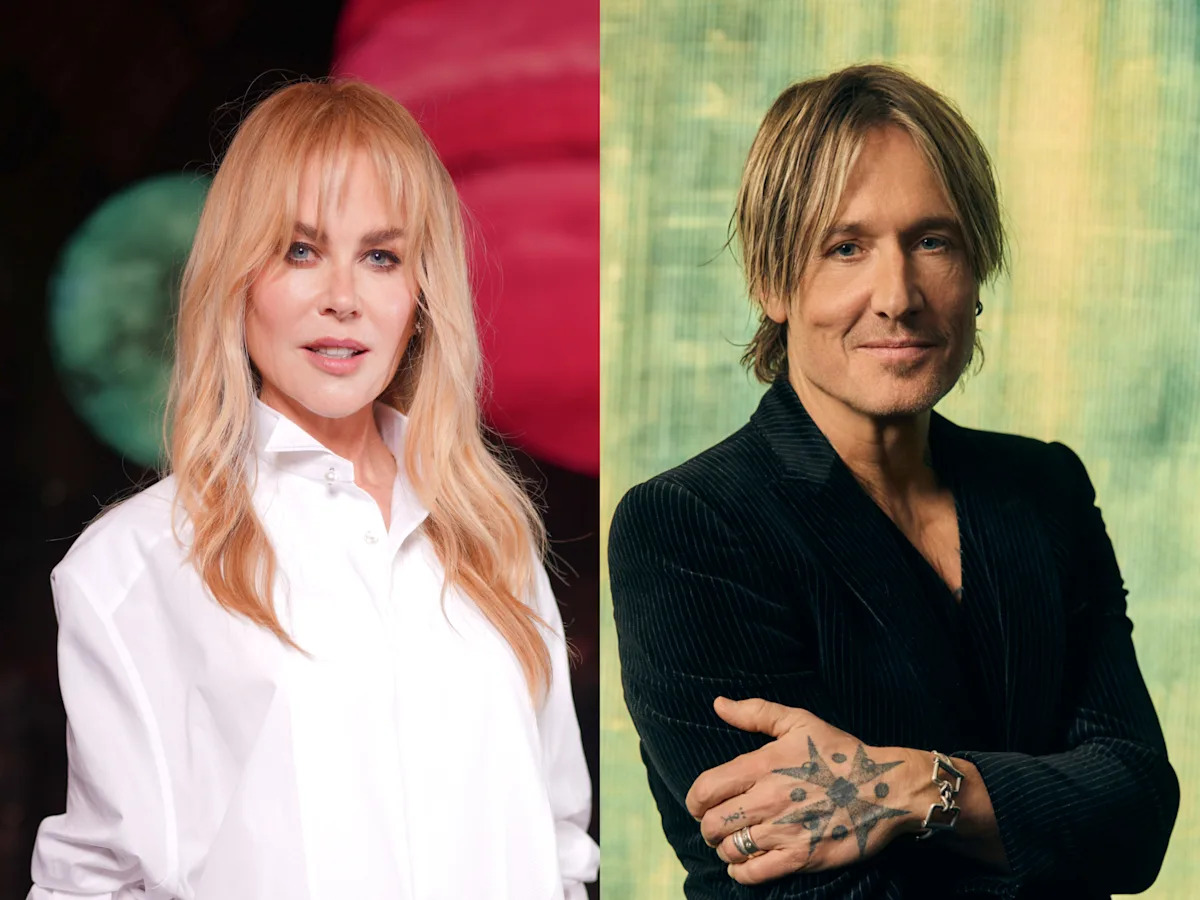
Nicole Kidman hinted at her shocked reaction to her allegedly “one-sided” divorce from Keith Urban in a new interview with Vogue.
The actress, 58, spoke with the publication weeks before her split from Urban was announced on September 29….

Kaley Cuoco’s next TV series has found a U.S. home.
Cable and streaming outlet MGM+ has picked up rights to Vanished, a four-episode thriller starring Cuoco (The Flight Attendant, The Big Bang Theory) and Sam Claflin (Peaky Blinders)….

I’ve learnt two things so far: realistic cakes are stupid, and I don’t know when to give up.
So, for this last bake off, I’m trying to manifest my demonic feelings toward this whole, idiotic, thing called “baking”.
With a mix…
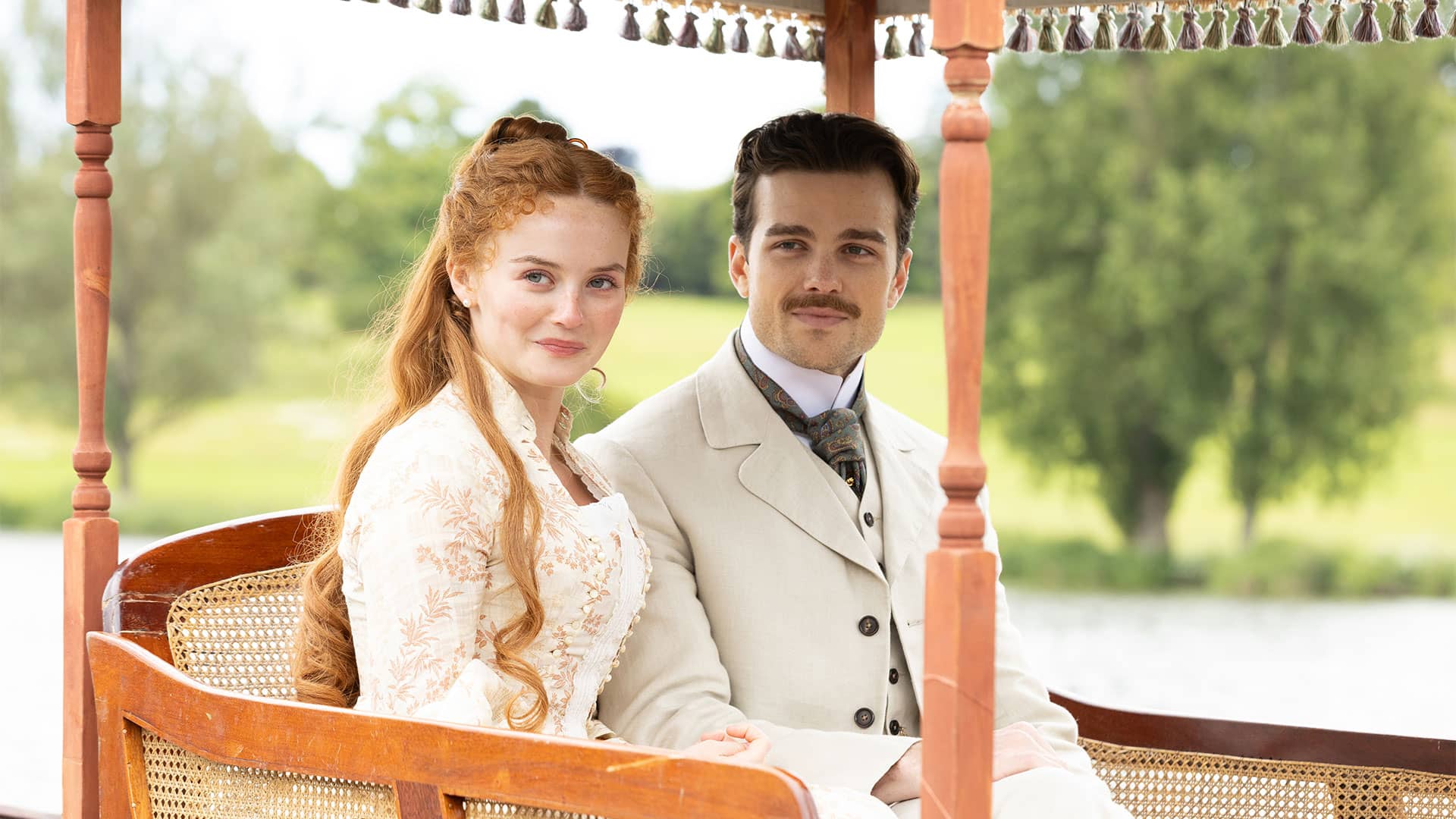
Feast your eyes on some sweeping, beautiful first-look images from The Forsytes, coming to MASTERPIECE on PBS in 2026!…
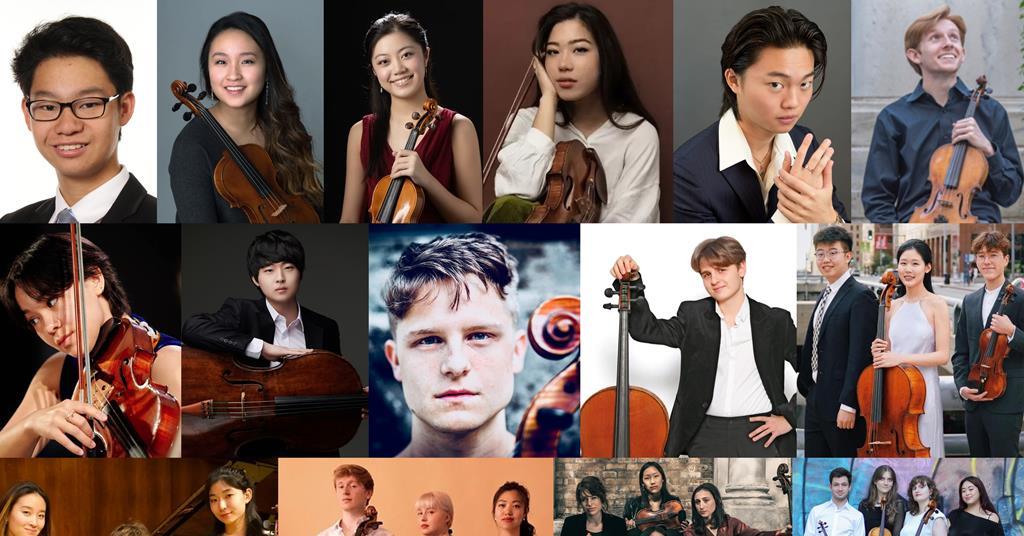
Read more news stories here
Young Concert Artists (YCA) has announced the semi-finalists in the 2025 Susan Wadsworth International Auditions.
37 artists have been selected from a pool of more than 200 applicants to advance to the semi-final…

Angelina Jolie is all set for…

A Big Brother contestant has been removed from the reality show for the “repeated use of unacceptable language and behaviour”, ITV has said.
George Gilbert had received warnings earlier in the series and was seen in Monday’s episode being…
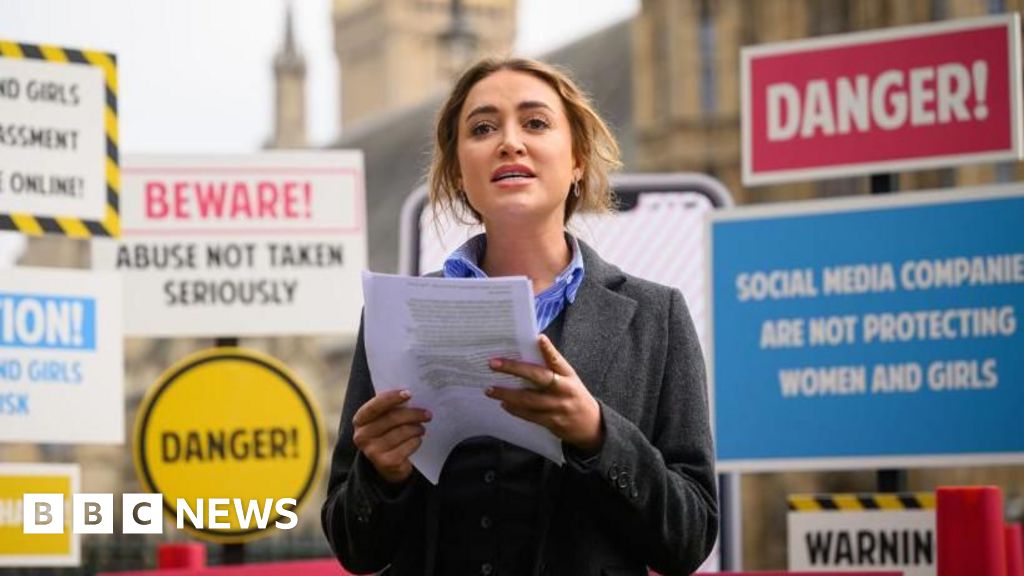
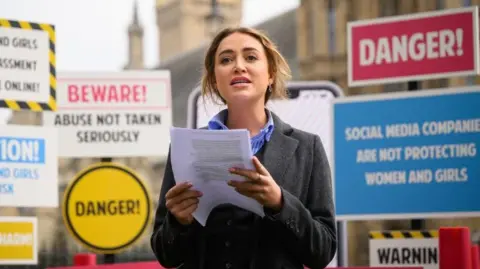 Getty Images
Getty ImagesA reality TV celebrity who has campaigned for safety for women and…
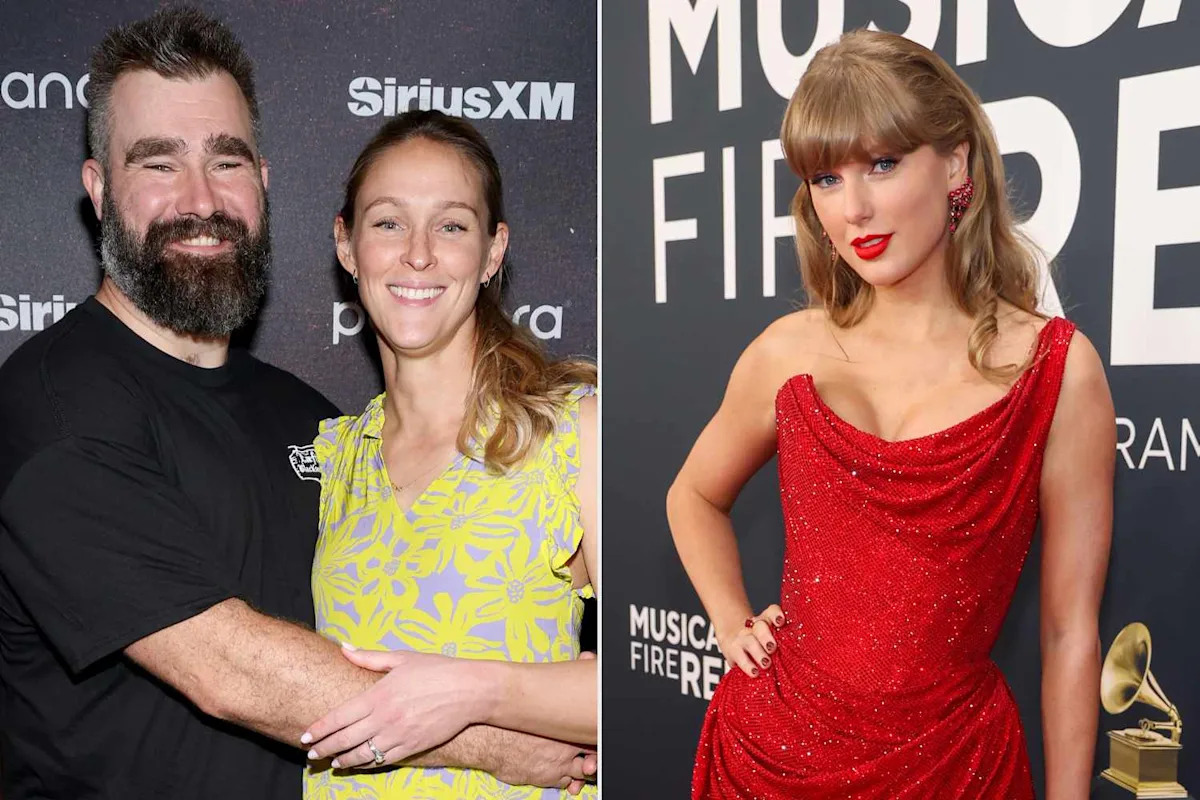
Jason Kelce opened up about wife Kylie Kelce’s favorite song on Taylor Swift’s new album, The Life of a Showgirl
Jason said the track captured the mother of his four children’s “mentality”
Coincidentally, Swift has also listed the song…